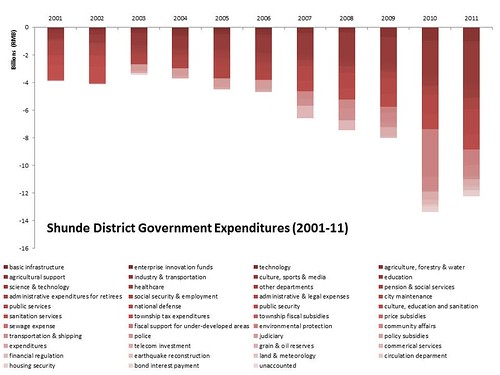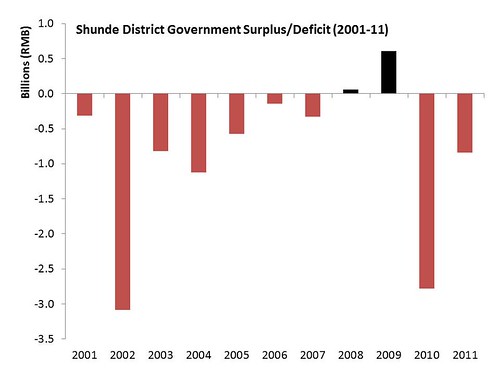[Note: This article is still in progress]
Though there has been a lot of effort to increase the participation of women in STEM (Science, Technology, Engineering, and Math) fields, many claim that these efforts are in vain (or worse, will end up sacrificing excellence) because women simply aren’t as blessed as men when it comes to the required characteristics to succeed in these fields.
Some claim this is due to biological, evolutionary factors, and others acknowledge there is cultural bias involved. I examined Larry Summers’s infamous speech to the NBER Conference on Diversifying the Science & Engineering Workforce in 2005 [1]. In particular, I examine his overall set of hypotheses, which are that there are three main reasons why there are not more women in high-end STEM positions. The first is that these jobs are very demanding and require a commitment that those who are responsible for childcare (mostly women) simply cannot make or will not choose to make. The second is a measured variability of mathematical aptitude, and the third is cultural bias (in terms of socialization and discrimination).
There are three broad hypotheses about the sources of the very substantial disparities that this conference’s papers document and have been documented before with respect to the presence of women in high-end scientific professions. One is what I would call the — I’ll explain each of these in a few moments and comment on how important I think they are — the first is what I call the high-powered job hypothesis. The second is what I would call different availability of aptitude at the high end, and the third is what I would call different socialization and patterns of discrimination in a search. And in my own view, their importance probably ranks in exactly the order that I just described.
I am particularly interested in his second hypothesis, the different availability of aptitude at the high end, what that implies for the gender make up of professors in STEM fields, and whether this is something to be worried about. Here are Larry Summers’s thoughts:
I looked at the Xie and Shauman paper — looked at the book, rather — looked at the evidence on the sex ratios in the top 5% of twelfth graders. If you look at those — they’re all over the map, depends on which test, whether it’s math, or science, and so forth — but 50% women, one woman for every two men, would be a high-end estimate from their estimates. From that, you can back out a difference in the implied standard deviations that works out to be about 20%. And from that, you can work out the difference out several standard deviations. If you do that calculation — and I have no reason to think that it couldn’t be refined in a hundred ways — you get five to one, at the high end.
The implication is that what we see in STEM fields today is somewhat “natural” because of this difference in variability. So, are guys really better than girls at math?
There are several studies on mathematical ability as measured by standardized tests and mathematics competition participation in high school. It’s important to note that there are several problems with drawing a straight line from these findings to the number of women in the upper echelons of STEM fields, namely because even if there is a difference between measured ability, it’s unclear if that difference is the result of biological or cultural factors (studies have shown that if women are reminded of their femininity or traditional gender stereotypes, their performance and desire to pursue math-related fields decreases [2]). Also, no one has successfully made the connection between performance on these tests and measured effectiveness at these elite, high-powered jobs. While it seems reasonable that a Computer Science professor at an elite university should be in the top 1% in mathematical ability, 1) It is unclear how important this factor is and 2) It is unclear that this ability as it effects performance in academia is accurately measured by these aptitude tests.
Numerous studies have shown that when considering the average, there is no difference in mathematical ability between girls and boys [4]. However, boys show higher variance in ability, meaning that in the top 1% of achievers, one would expect to see more men. In the top .01% of achievers, one would expect to see significantly more men. In his speech, Larry Summers does a back of the envelope calculation to justify a 5:1 ratio of men to women in academia in STEM fields.
I look at a few studies which examine mathematical aptitude by gender at the high end. An MIT article [3] examines the performance of high school girls and boys on the math portion of the SAT and the AMC, the American Mathematics Contest. In the following graph, the horizontal axis is the percentile on the exam, and the vertical access is what portion of those students at that percentile were female.

The graph shows that as the percentile increases, the proportion of girls drops. So it appears true that at the very high end, boys perform better on these tests than girls, which seems to substantiate Larry Summer’s claim. However, a similar study, by Janet Hyde et al. in Science [4], shows that the results are almost reversed for Asian Americans:
For whites, the ratios of boys: girls scoring above the 95th percentile and 99th percentile are 1.45 and 2.06, respectively, and are similar to predictions from theoretical models. For Asian Americans, ratios are 1.09 and 0.91, respectively. Even at the 99th percentile, the gender ratio favoring males is small for whites and is reversed for Asian Americans.
No one has thoroughly demonstrated the reasons behind this data; in particular, no one has shown that it is due to biological differences instead of cultural differences. In a separate study, Hyde et al. show that though variance exists, its causes are likely not biological [5]:
Furthermore, data from several studies indicate that greater male variability with respect to mathematics is not ubiquitous. Rather, its presence correlates with several measures of gender inequality. Thus, it is largely an artifact of changeable sociocultural factors, not immutable, innate biological differences between the sexes.
If the discrepancy in performance on these tests is due to cultural differences, one could argue it would greatly benefit our society to encourage talent in these hugely important fields, and cultivate mathematics and science talent wherever it is hiding.
In particular, we should consider the raw numbers of boys and girls who choose to participate in math-related activities, and thus develop the skills necessary to participate in the high end. The MIT study showed that the number of girls in the top 1% were disproportionately clustered among a few excellent schools, while the number of boys were spread out among different tiers of schools, “suggesting that almost all girls with the ability to reach high math achievement levels are not doing so.”
Another study [6,7] looked at the representation of women amongst the top chess players. An important conclusion is that the small percentage of women can be entirely explained by the fact that fewer women than men engage in chess. Given that the male grandmaster population is drawn from a much larger potential set of male chess players, one would expect to see higher performers. What it comes down to is a problem of feeding the pipeline.
So though Larry Summers might have correctly identified three reasons for the dearth of women in the upper echelons of STEM fields, he is likely mistaken in his claims on the order and magnitude of significance of these factors. In addition, his implication that the resulting inequities in higher academia are “fair” and based on merit is simplistic, given that the difference could be an artifact of cultural factors, and likely removable.
[1] http://www.harvard.edu/president/speeches/summers_2005/nber.php
[2] http://pss.sagepub.com/content/18/1/13
[3] The Gender Gap in Secondary School Mathematics at High Achievement Levels: Evidence from the American Mathematics Competitions. Glenn Ellison (MIT and NBER) and Ashley Swanson (MIT) July 2009
[4] Hyde, J.S., Lindberg, S.M., Linn, M.C., Ellis, A.B. and Williams, C.C.”Gender Similarities Characterize Math Performance”. Science: http://www.sciencemag.org/content/321/5888/494.full
[5] http://www.pnas.org/content/106/22/8801.short
[6] http://blogs.discovermagazine.com/notrocketscience/2008/12/23/why-are-there-so-few-female-chess-grandmasters/
[7] http://rspb.royalsocietypublishing.org/content/276/1659/1161



















